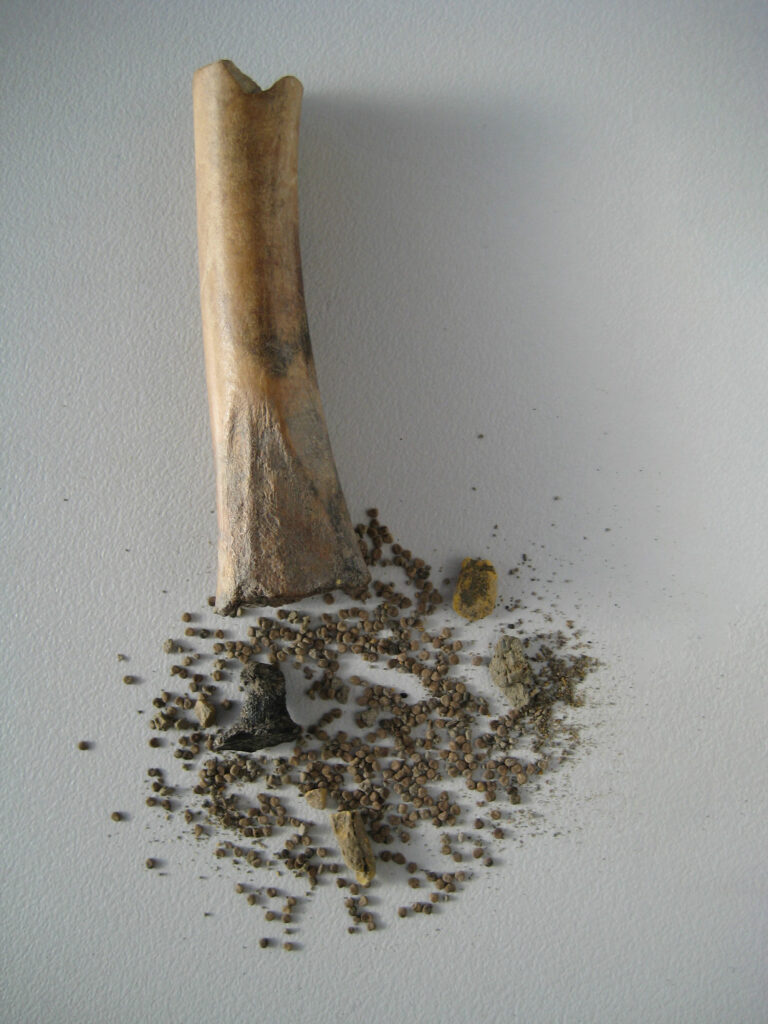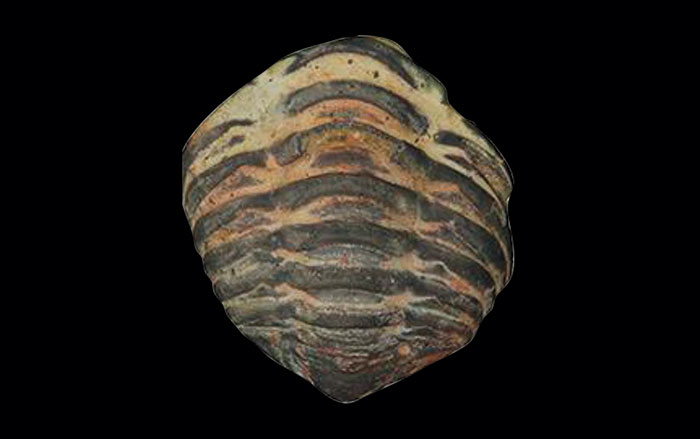
Archaeologists working at the site of Houten-Castellum in the Netherlands uncovered the first conclusive evidence that Romans collected seeds from the black henbane plant, a toxic member of the nightshade family. Several Greek and Roman sources, including the first-century A.D. naturalist Pliny the Elder, assert that, if administered correctly, black henbane could be used as a painkiller and to cure chest ailments, toothaches, and fevers. Pliny advises, however, that it might be better to avoid the plant altogether since it could cause hallucinations and even madness if used in the wrong dosage. Black henbane seeds have been found at archaeological sites dating back to the Neolithic period, but it has been difficult to determine whether the plant was deliberately cultivated, since it is endemic to northwest Europe and often grows at the periphery of human settlements.
When researchers examined a hollowed-out animal bone unearthed at a Roman farmhouse dating to between A.D. 70 and 100, they found it contained hundreds of black henbane seeds. The goat or sheep femur was plugged at one end with birch-bark tar to create a vial that held the seeds. “The discovery is important because it proves without doubt that people collected seeds of black henbane,” says Free University of Berlin archaeologist Maaike Groot. “We don’t know exactly how henbane was used in Houten-Castellum, but we think it’s likely that it was used as a medicine.”











